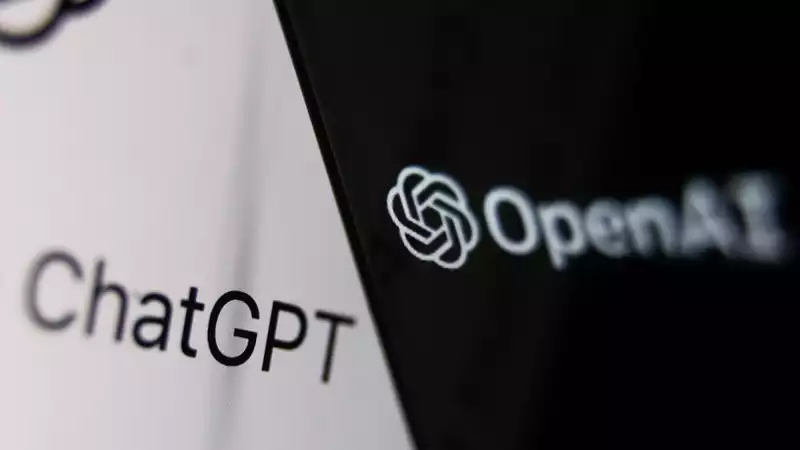The European Parliament today agreed on the content of a draft rule on AI ahead of a formal agreement by EU member states. The new rules aim to make it easier to detect when content is generated by AI, including deep-fake images, and would completely ban the use of AI in biometric surveillance, sentiment recognition, and predictive policing.
The new rules mean that AI tools like OpenAI's ChatGPT will need to make it clear that content is AI-generated, and will be responsible for ensuring that users know whether an image is deepfake or real. That seems like a daunting task, but one that these AI companies may have to consider in the near future, since once an image is generated, it is difficult to limit how users share it.
If this new rule passes the European Parliament as is, AI models will need to make "detailed summaries" of the copyrighted data used for training available to the public. In particular, for open AI, this would require the release of training data for the vast array of GPT-3 and GPT-4 models currently in use; some large datasets used to train AI models, such as LAION-5B, already have this data publicly available
There will also be some AI uses that are banned outright, such as those that may violate the privacy rights of EU citizens.
These rules have yet to be actually enshrined in law. Prior to that, member states can jump in with their own proposals, and that process will begin today. However, the final rules on AI are expected to be similar to these proposals; the EU appears to be trying to ensure that it gets a head start on AI and its potential uses, as any government can.


Comments